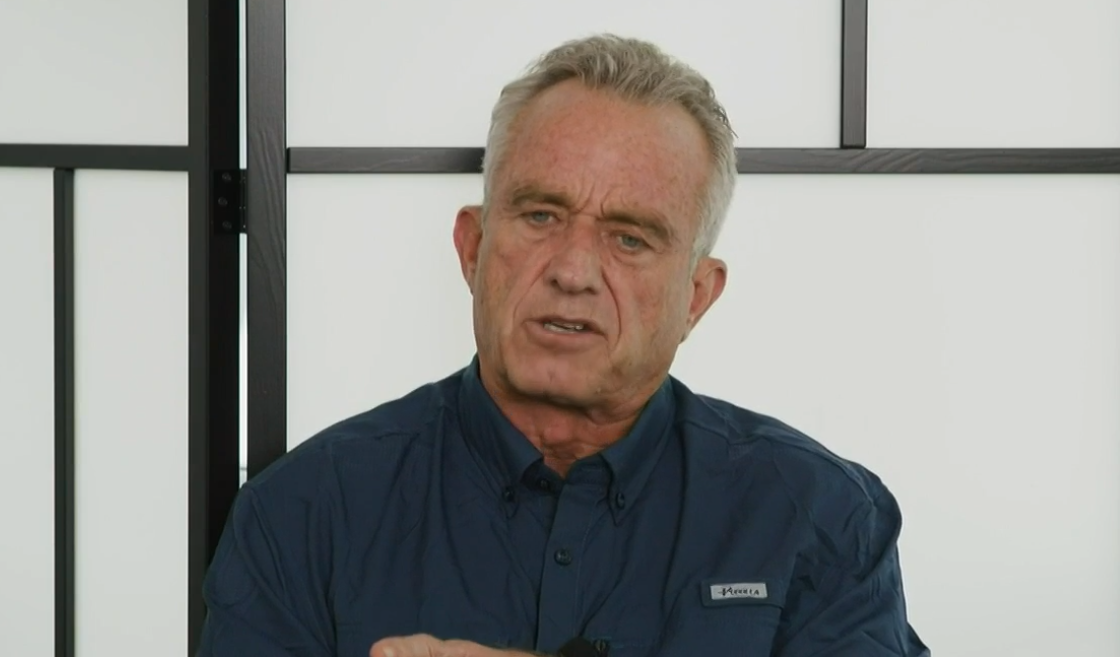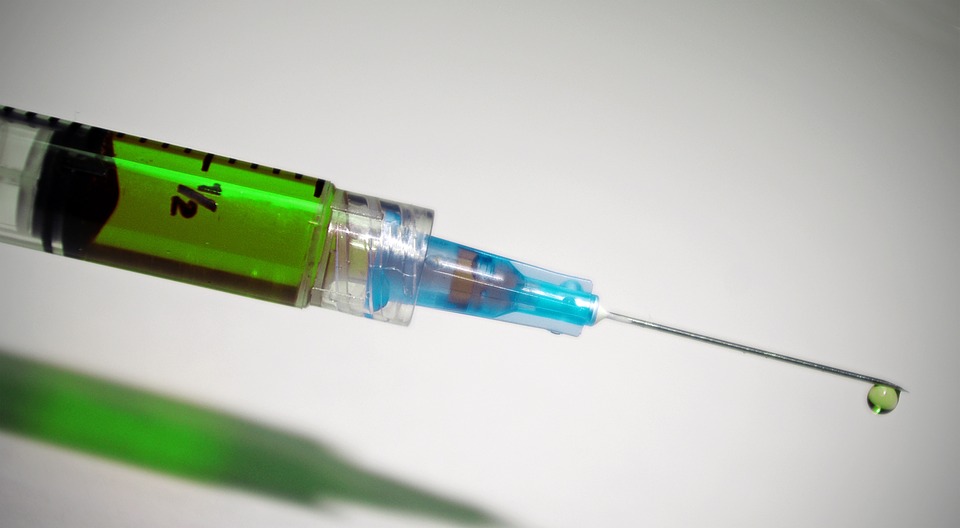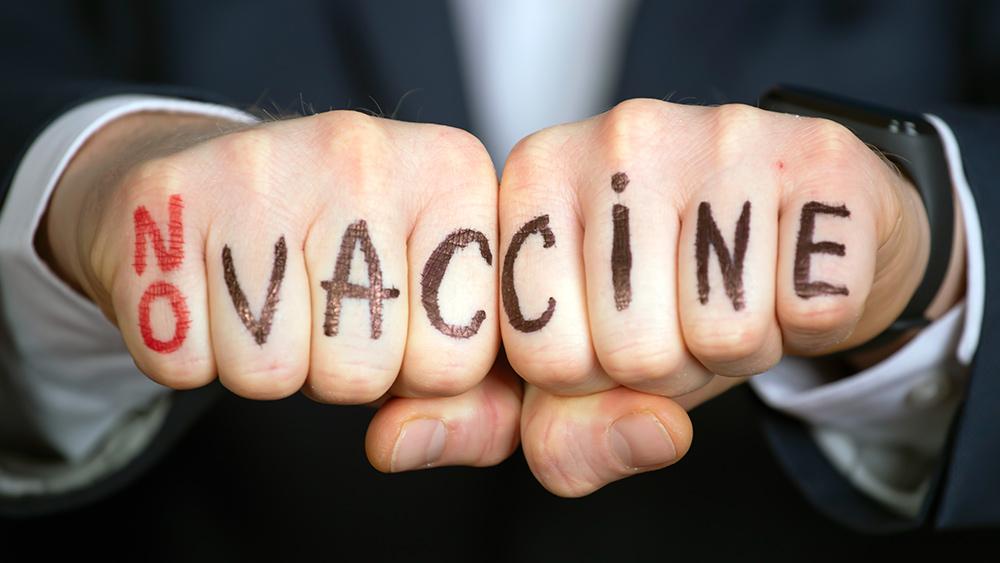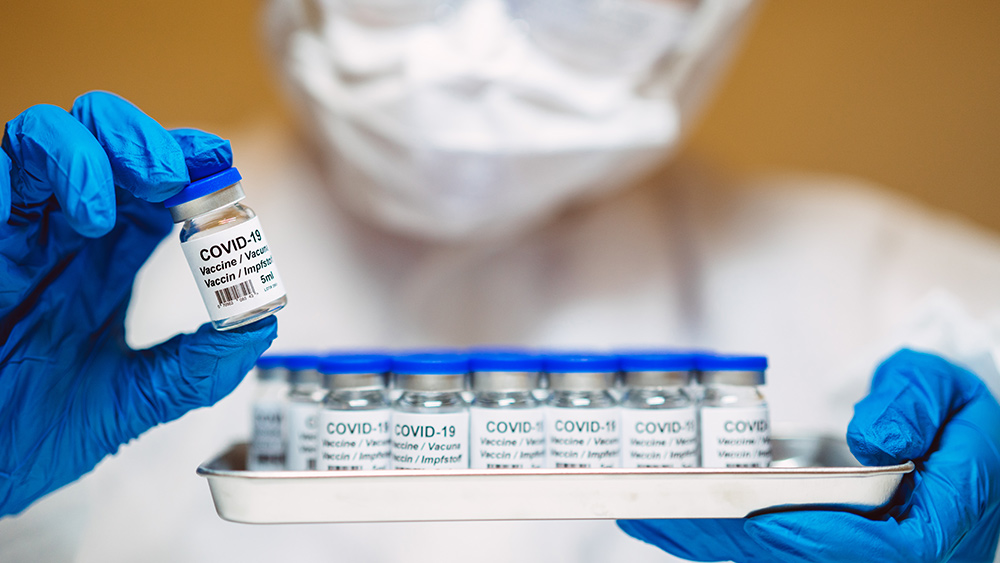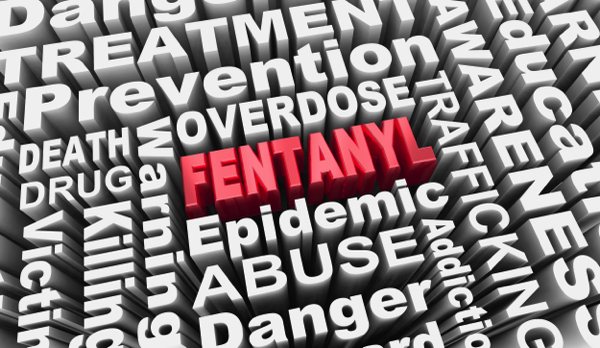 Parler
Parler Gab
Gab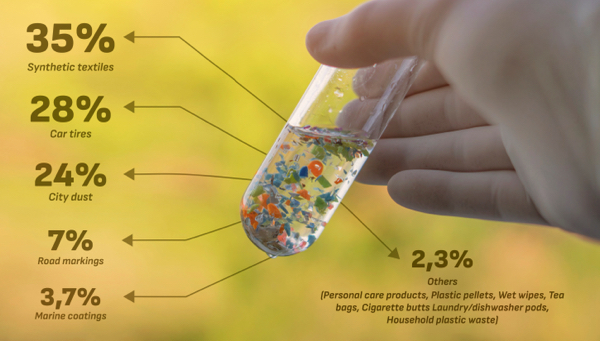
The case for minimal harm
Khokhlov’s perspective is grounded in the idea that microplastics are just one type of particle among many in our environment. He explains that microplastics are fragments of polymer materials smaller than 5 mm, often breaking down into even smaller nanoparticles. These particles, he argues, are no different from other naturally occurring nanoparticles, such as dust, sand, or cellulose, which have been part of the human environment for centuries. “Humanity has coexisted with ordinary dust for millions of years, and it doesn’t harm us,” Khokhlov told RT. He emphasized that when any particle enters the human body, it is coated by biological fluids, forming a “biocorona” that prevents it from interacting with the body in harmful ways. This process, he claims, applies equally to microplastics, making them no more dangerous than other environmental particles. Khokhlov also criticized laboratory studies that claim microplastics are harmful, noting that these experiments often use concentrations of microplastics far exceeding real-world exposure levels. He pointed out that plastics make up only 15% of solid waste, with microplastic concentrations in the environment remaining relatively low.The media’s role in amplifying fear
Khokhlov attributes much of the public’s concern about microplastics to sensationalist media coverage. “The media needs sensational stories,” he said, noting that synthetic polymers evoke fear because they are unfamiliar and artificial. In contrast, natural materials like wood are perceived as safe, even though they also break down into nanoparticles that can enter human cells. He also highlighted the irony of targeting plastic bottles as a primary source of microplastic contamination. Research has shown that most microplastics in water come from synthetic fibers like polyamides, which are released during the washing of textiles. This suggests that efforts to reduce microplastic pollution must address a wide range of sources, including clothing, car tires, and industrial materials.Scientific evidence of potential harm
While Khokhlov’s arguments provide a compelling counterpoint to the prevailing narrative, a growing body of scientific research suggests that microplastics may pose unique risks to human health. Unlike natural particles, microplastics can contain chemical additives and pollutants that have been linked to hormone disruption and other adverse effects. For example, a 2020 study published in the journal Environmental Science & Technology found that microplastics can act as carriers for endocrine-disrupting chemicals (EDCs), which interfere with the body’s hormonal systems. These chemicals, including bisphenol A (BPA) and phthalates, have been linked to reproductive disorders, developmental issues, and increased cancer risk. The study concluded that microplastics could serve as a “Trojan horse” for these harmful substances, delivering them directly into human tissues. Another study, published in Nature Communications in 2021, demonstrated that microplastics can accumulate in human organs, including the liver, kidneys, and intestines. The researchers found that these particles can cause inflammation and oxidative stress, potentially leading to chronic health conditions over time. Furthermore, a 2022 review in the journal Science of the Total Environment highlighted the potential for microplastics to disrupt gut microbiota, which play a critical role in immune function and overall health. The review noted that while more research is needed to fully understand the long-term effects of microplastic exposure, the existing evidence raises significant concerns.Balancing risks and realities
Khokhlov’s assertion that microplastics are no more harmful than other environmental particles may hold some truth, but it overlooks the unique chemical properties of plastics and their potential to act as vectors for harmful substances. While it is true that humans have coexisted with natural nanoparticles for millennia, the synthetic nature of microplastics introduces new variables that cannot be ignored. At the same time, Khokhlov raises valid points about the practicality of eliminating plastics from modern life. He notes that alternatives to plastic are often more expensive and less effective, particularly in critical sectors like healthcare. In regions with limited access to clean water and sanitation, single-use plastics can be lifesaving, preventing the spread of infectious diseases. The real issue, Khokhlov argues, is not the existence of microplastics but the improper disposal of plastic waste. Out of the 400 million tons of plastic produced annually, 100 million tons are not disposed of responsibly, contributing to environmental pollution. Addressing this problem requires better waste management systems and public awareness, rather than outright bans on plastic products. The body's ability to adapt to a certain level of microplastics may warrant less worry and anxiety than what is portrayed by the scientific community and the sensationalist media. Sources include: RT.com Earthzine.org ScienceMediaCentre.org ScienceDirect.comNone of the 70,000 adverse events of puberty blocking drugs were a “safety priority” for Biden’s FDA
By News Editors // Share
From textile dye to potential wonder drug: “The Ultimate Guide to Methylene Blue” by Mark Sloan
By Ramon Tomey // Share
Governments continue to obscure COVID-19 vaccine data amid rising concerns over excess deaths
By patricklewis // Share
Tech giant Microsoft backs EXTINCTION with its support of carbon capture programs
By ramontomeydw // Share
Germany to resume arms exports to Israel despite repeated ceasefire violations
By isabelle // Share

